The Best Type Of Butter Dish For Your Home Kitchen
This article is more than 2 years old
The history of the butter dish is intertwined with the history of butter itself and the evolution of dining etiquette. Butter has been a staple in various cultures for thousands of years, but it was often stored in less-than-ideal conditions, leading to spoilage and contamination.
Below is a list of every type of butter dish, along with information on whether it’s the best butter dish for you.
Traditional Covered Ceramic Butter Dish
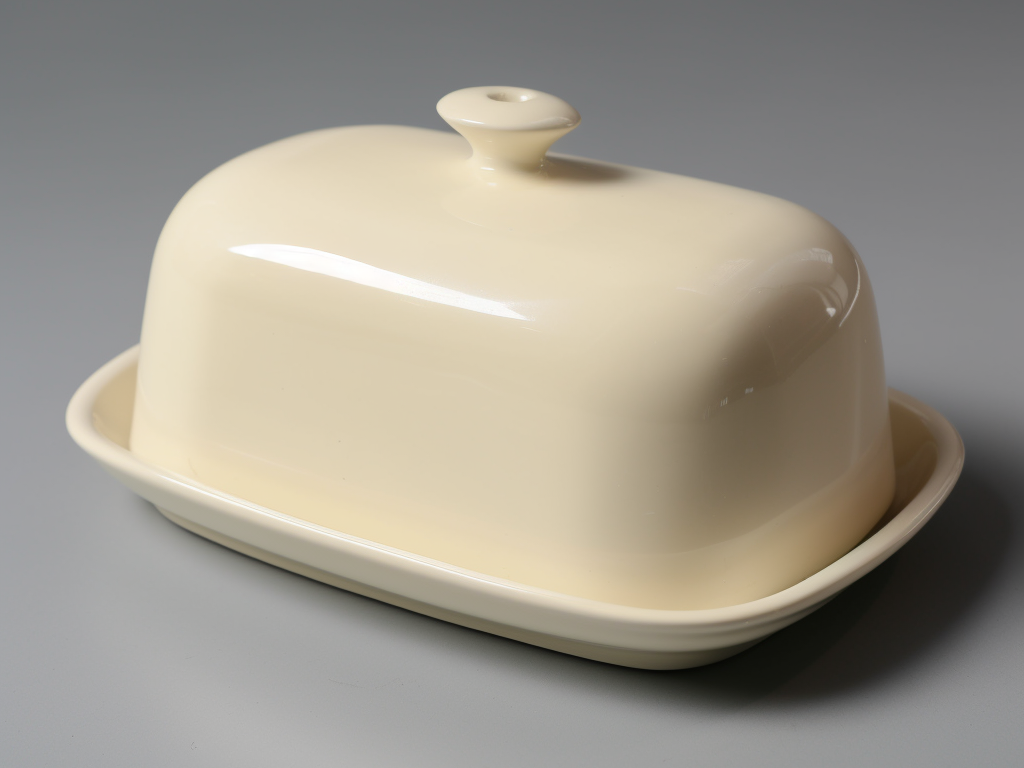
This is the classic design most people envision when they think of a butter dish. It consists of a base and a rectangular or dome-like cover that shields the butter. Its design is straightforward, often made from ceramic and allows butter to be kept at room temperature while protecting it from contaminants.
French Butter Keeper
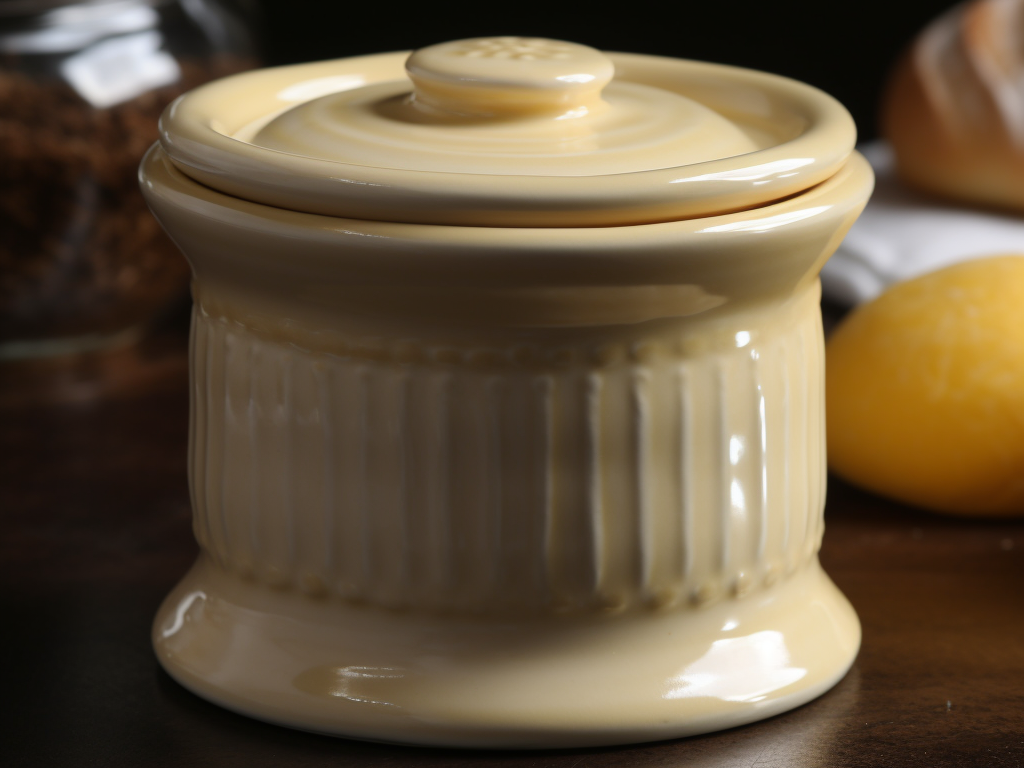
The “butter bell” is an ingenious design rooted in old-world techniques. By packing butter into a bell-shaped lid and then placing this upside-down into a base filled with water, a water seal is created. This seal prevents the butter from becoming rancid, allowing it to stay fresh and spreadable without refrigeration for a longer duration.
Double Butter Dish
This dish is the embodiment of efficiency. With compartments designed for two butter sticks or two different spreads, it’s a favorite among larger households. This dish eliminates the need to have multiple dishes out, catering to preferences for both salted and unsalted butter simultaneously.
Butter Dish with Lid and Knife
Combining functionality with convenience, this dish offers a designated slot or holder for a butter knife. This ensures that everything required for serving butter, from the spread itself to the tool, is found in one consolidated place, making the buttering experience seamless.
Stainless Steel Butter Dish
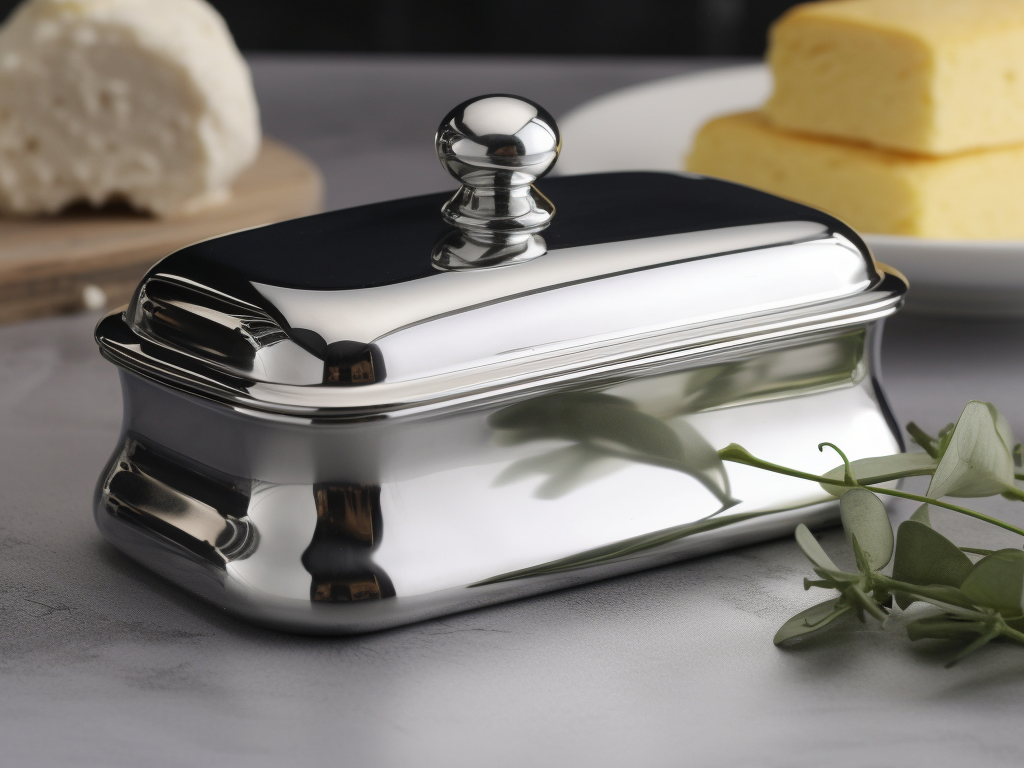
A contemporary twist on the traditional butter dish, its stainless steel design is both rust-resistant and durable. It often features a sleek, modern appearance, making it a stylish addition to contemporary kitchen settings.
Glass Butter Dish
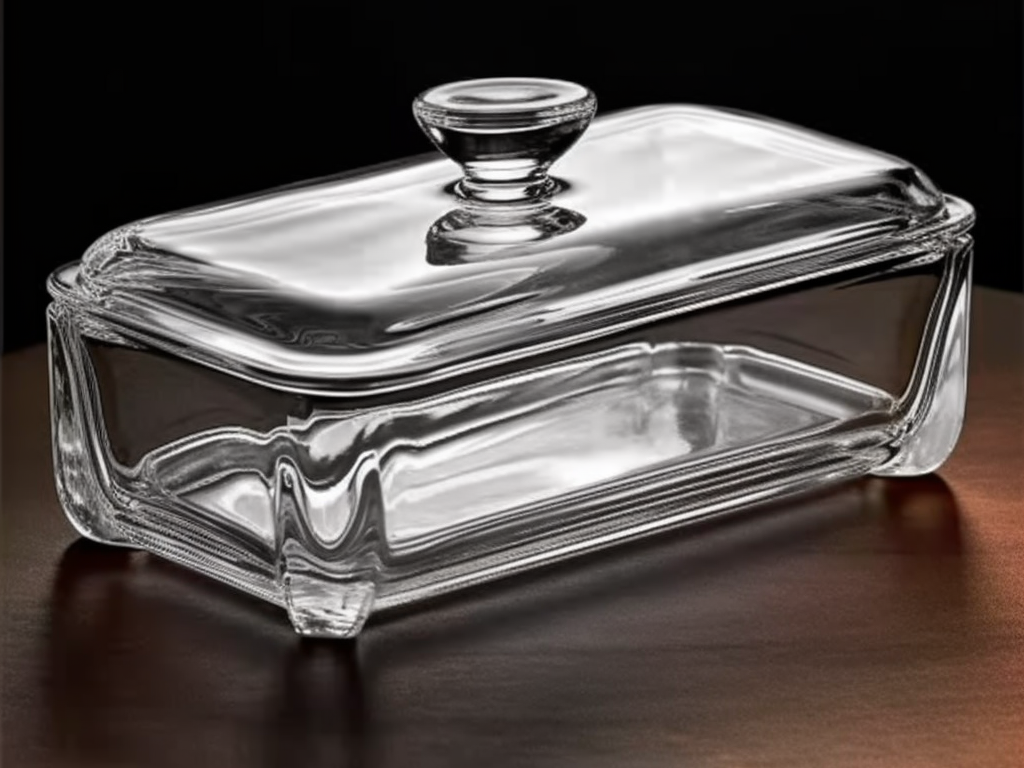
With a touch of vintage elegance, the clear or delicately tinted glass allows a peek into the quantity left without the need to lift the lid. Besides being functional, it adds an element of old-world charm and sophistication to the dining setup.
Wooden Butter Dish
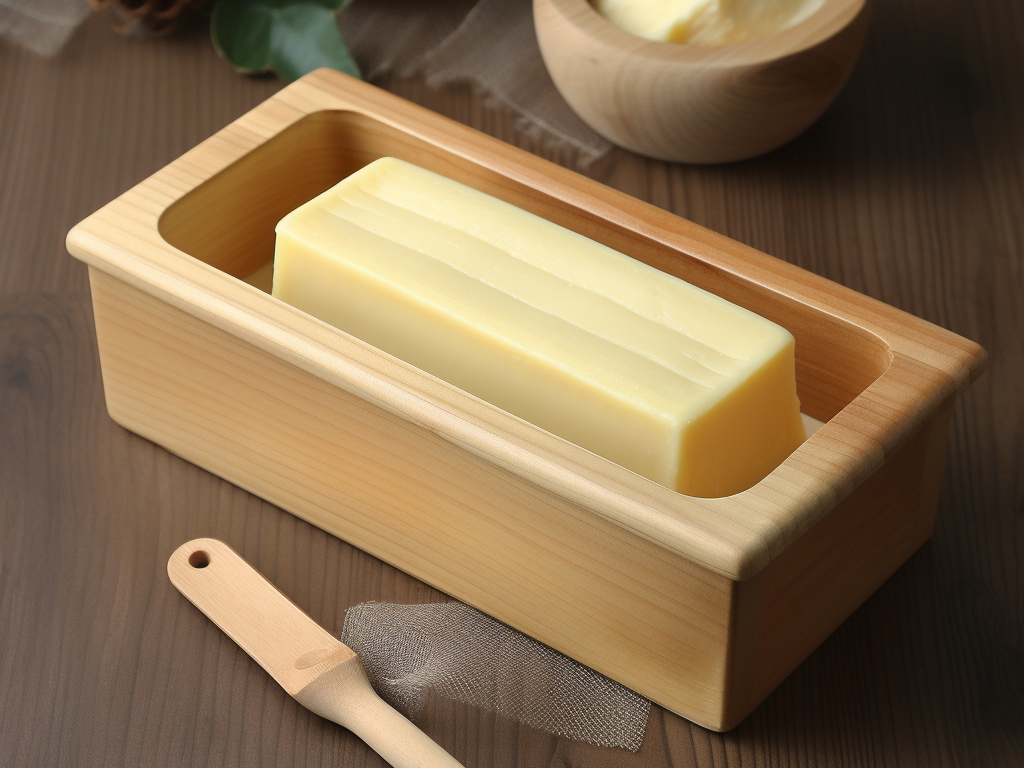
Channeling a raw, earthy appeal, wooden dishes often come with either a sliding top or a removable lid. Crafted from various woods like bamboo or teak, these dishes exude rustic charm. They do, however, need periodic care to prevent potential staining or warping from moisture.
Porcelain Butter Dish
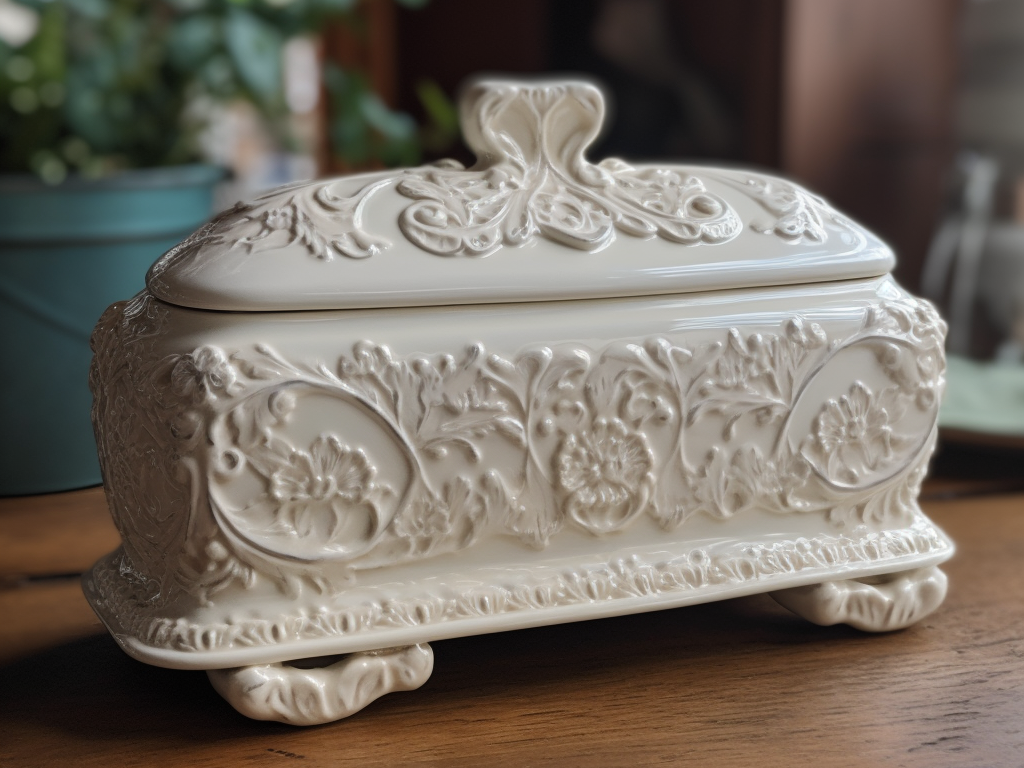
Butter dishes can be a canvas for artistry. Whether hand-painted with intricate motifs or simply glazed in vibrant hues, these dishes are as much about aesthetic appeal as functionality. Their weighty presence and diverse designs make them fit for a variety of kitchen themes.
The crème de la crème of butter dishes, porcelain variants exude opulence. Often white with gold trims or intricate patterns, they elevate any dining experience. Perfect for those special occasions, they’re a nod to luxury and refinement.
History Of The Butter Dish
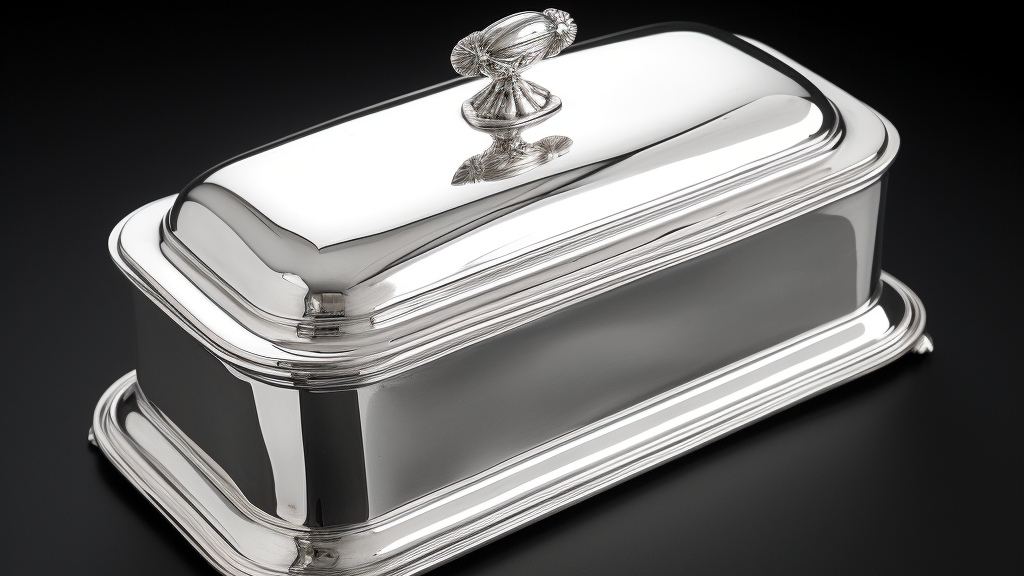
With the rise of the middle class in the 18th century and increased emphasis on social propriety, the need for specialized serving dishes became evident. The butter dish emerged as a solution, allowing butter to be presented elegantly at the table and kept at a spreadable consistency.
The original butter dishes were predominantly ceramic or silver, featuring elaborate designs that reflected the wealth and status of the household. The advent of the French butter keeper or “butter bell” added innovation to design, using water to create a seal that kept butter fresh without refrigeration.
In the 20th century, as mass production took hold, butter dishes became more accessible to the average household. Today’s butter dishes reflect various materials and designs, from the practical to the artistic, and continue to be a staple in many kitchens.
The butter dish is not merely a utilitarian object but a symbol of culinary history, societal advancement, and changing tastes. It reflects the evolution of dining practices and the development of food preservation techniques, standing as a testament to human creativity and adaptability.



